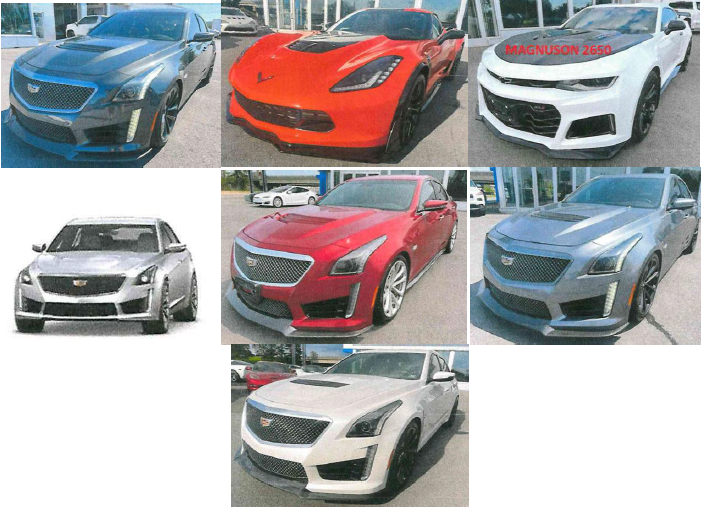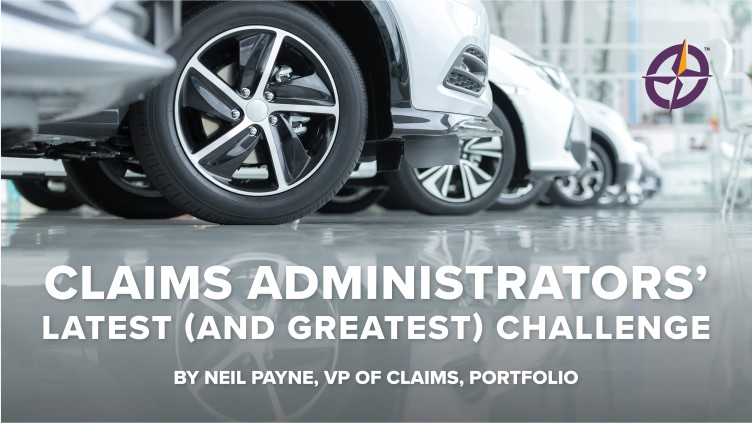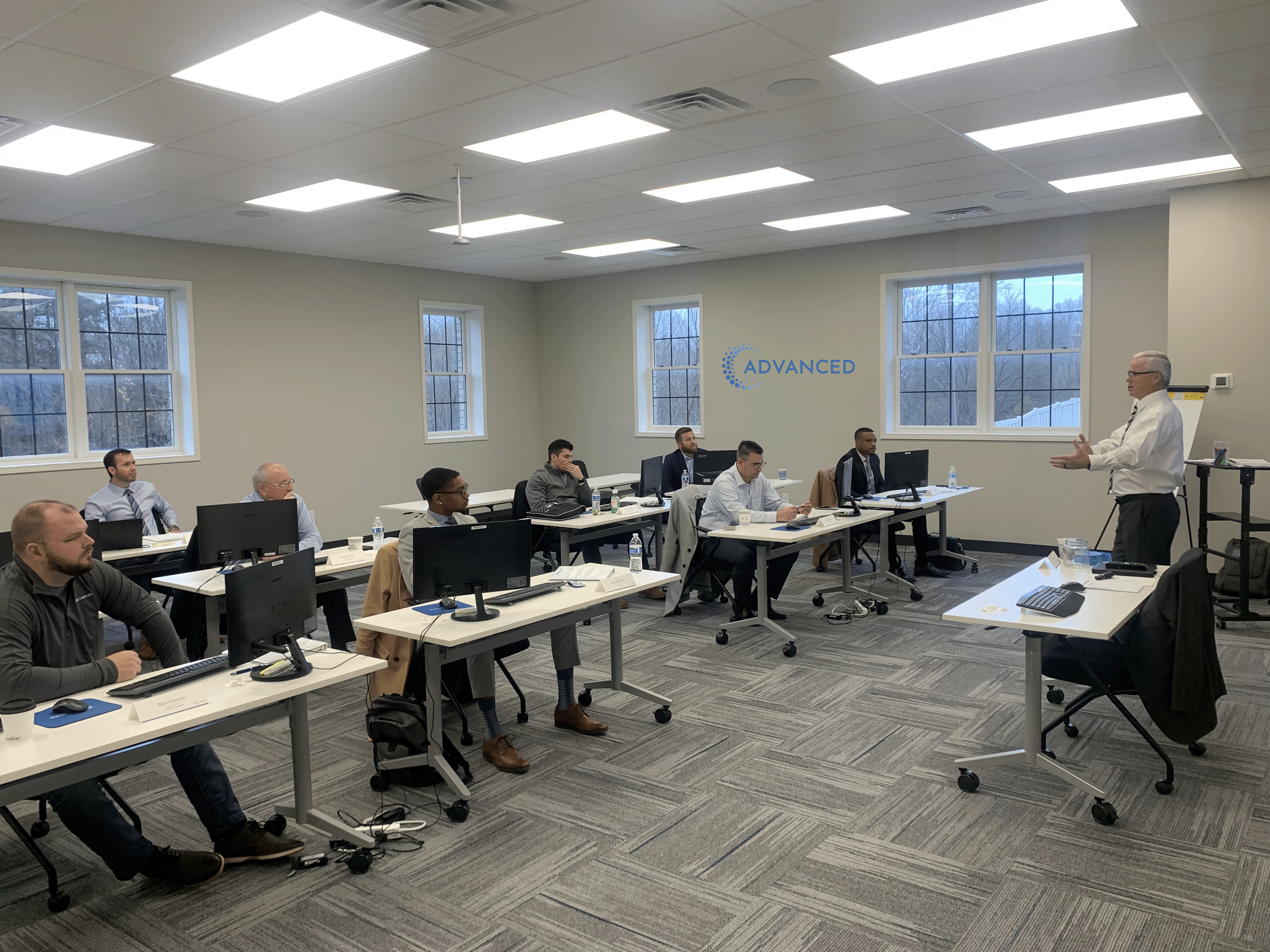BACKGROUND
London & Capital has been managing Trust-compliant portfolios for dealers’ reinsurance programs for over 15 years. We don’t believe that reinsurers’ investment objectives can only be met by off-the-shelf fund solutions. We work to create individual Trust Account portfolios with individual holdings, structured around the specific needs of the dealer’s reinsurance program. Investing in individual securities wherever possible, allows the portfolios to remain relatively liquid and provides for more flexible risk management strategies.
Investing with a deep understanding of Trust accounts, investment restrictions and the F&I space ensures we can streamline the admin burden and set-up requirements for dealers and Agents, while meeting the stringent requirements of Administrators.
WHAT HAS HAPPENED IN 2023
- With inflation well above the 2% Federal Reserve target, financial markets have need to adapt to the sharpest rise in the Fed interest rates in the past 40 years as the base rate has moved from 0.5% to 5.5% and counting.
- The banking failures in March, although uncomfortable, appear to have been successfully contained.
- The S&P 500 Index posted solid gains in the first half of the year. The performance can be almost entirely attributed to a strong bounce in share prices of the largest seven tech firms (Apple, Microsoft, Google, Alphabet, Amazon, Nvidia, Tesla and Meta) after a torrid 2022. These seven largest companies now make up more than 25% of the index.
WHATS NEXT
The fundamental questions all market participants are asking is:
- Will the US economy will enter into a recession?
- Will inflation continue to trend down towards the Fed’s 2% target?
The Fed need to navigate a difficult tightrope between keeping inflation in check (by hiking short-term interest rates), without inducing a severe economic recession in the process. They’re aiming to keep interest rates in a Goldilocks range and pull off a ‘soft landing’ (i.e. slow the economy enough to kill inflation but without causing a severe recession) – not too high, not too low! Equity returns this year suggest that investors are betting that they can do it, encouraged by the trend of slowing inflation.
However, we’ve seen plenty of volatility in prices when the Fed has come out to show their hand – most recently at the famous annual Jackson Hole speech where Fed Chairman Jerome Powell suggested they’d rather push rates a little higher to ensure inflation is under control (and therefore accept the risk of inducing a recession). We expect that uncertainty to continue into the end of this year.
Given the strong start to the year and the ongoing risk of higher future interest rates, we have been reducing risk; trimming our equity exposure and increasing our bond exposure. Why have we done this? Given the ongoing mixed economic data, trying to time the market to perfection or call ‘peak rates’ is a fools errand and we’re expecting more bumps in the road as we head into Q4 2023. We’re looking to err on the side of caution and ensure we’re protecting and preserving capital over the long-term.
If the Fed falls off the tightrope and short-term interest rates move higher, we’d likely see a falls in values of risk assets. Bond prices may also fall a little but the higher bond coupons on offer today provides us a level of income that should cushion the impact.
THE BOTTOM LINE
Reinsurance Trust account restrictions often mean that portfolios can only have a limited allocation to Equities (i.e. 10-20% of the portfolio). As such, allocations to fixed income securities make up the vast majority of a Reinsurance Trust portfolio.
Equity exposure remains meaningful for the portfolio, but it is an asset class that remains very sensitive to the changing economic conditions and therefore where we see the most volatile returns. However, fixed income bonds provide much more consistent investment income, especially now interest rates have risen sharply over the past 9 months, and it’s this income that will likely determine the path of returns for the Reinsurance Trust accounts. The outlook for cash and bonds looks much more attractive than in the previous five years and we can now expect yields of 6% or more per year over the medium term.





















